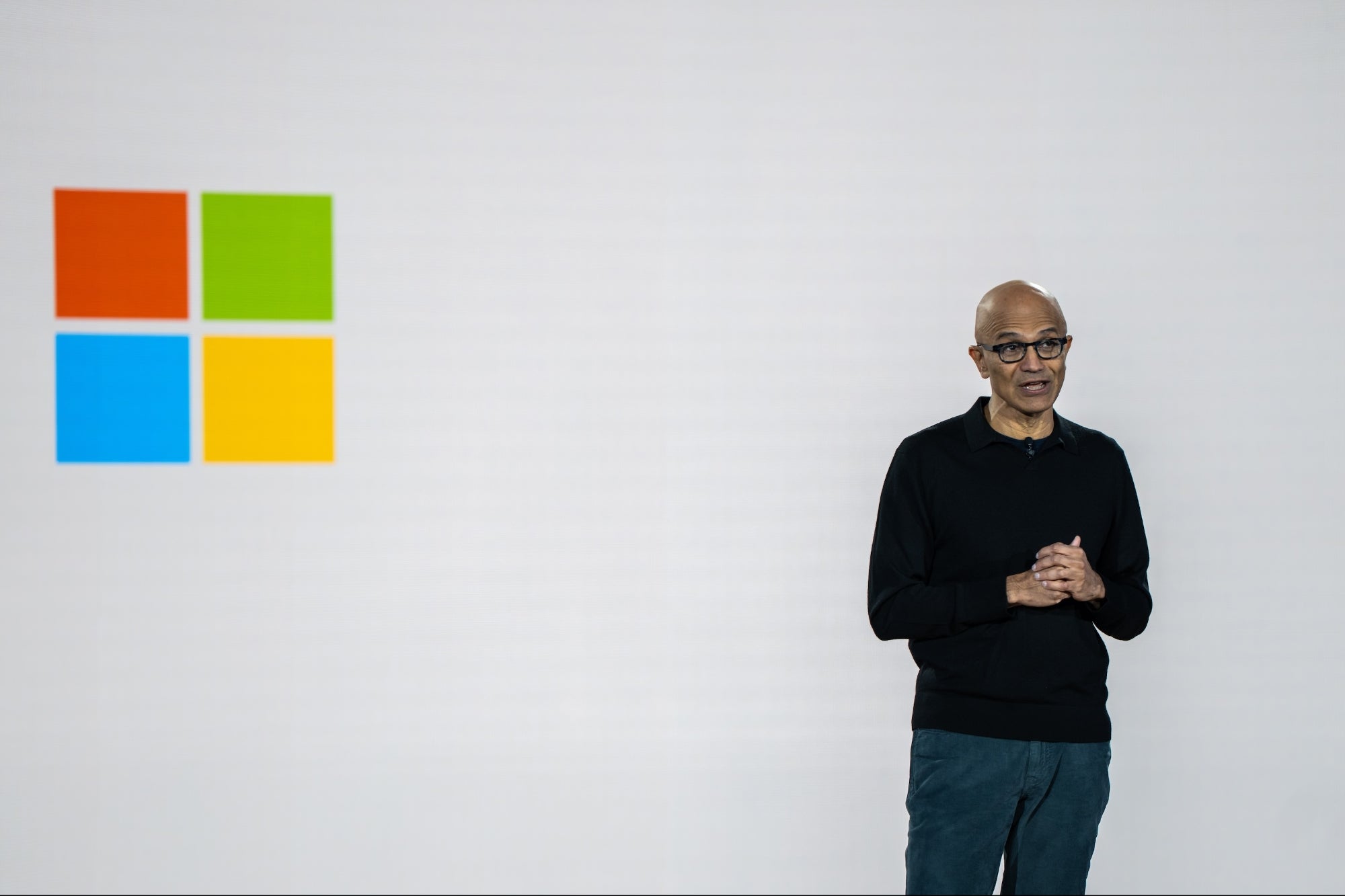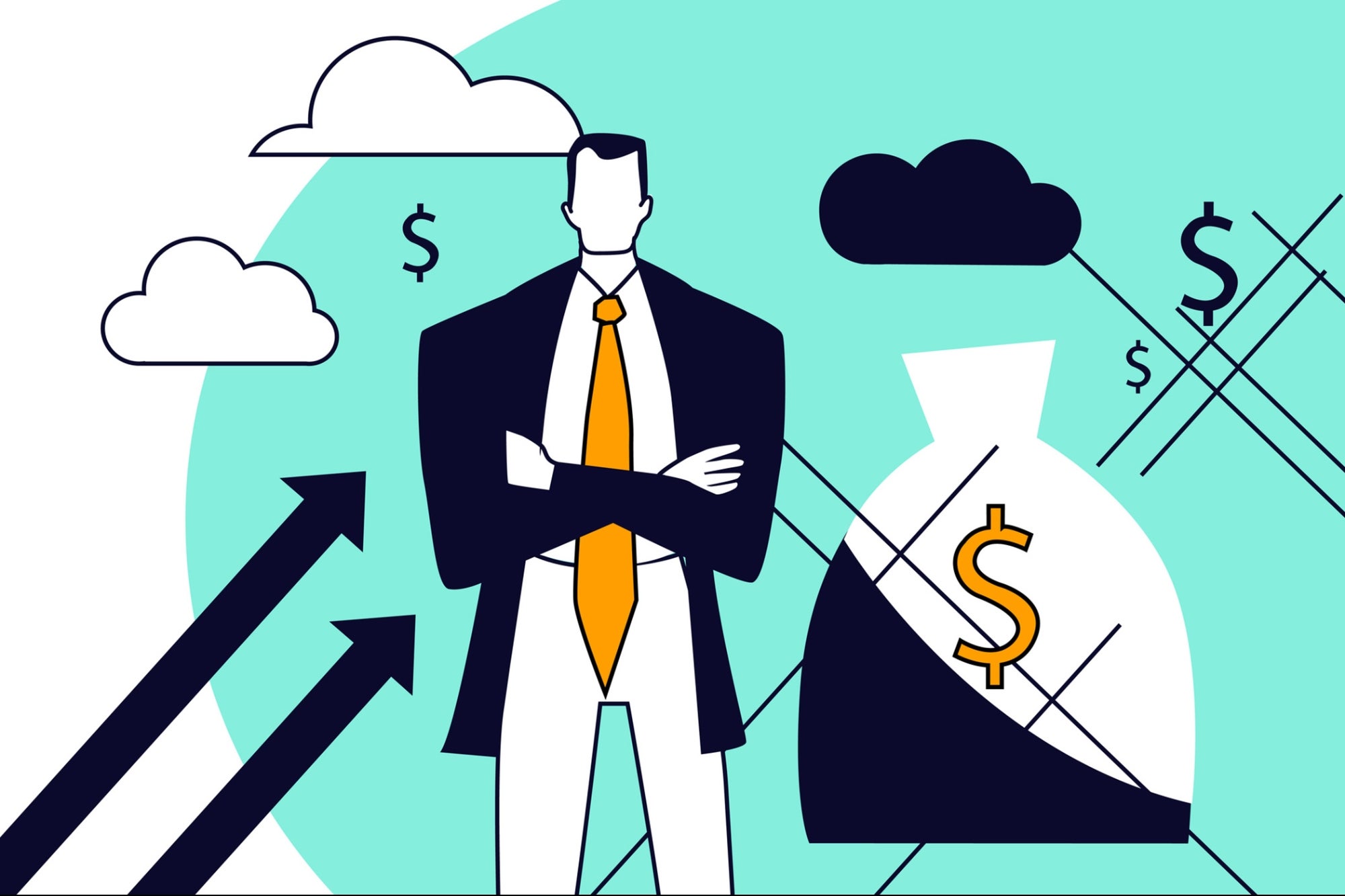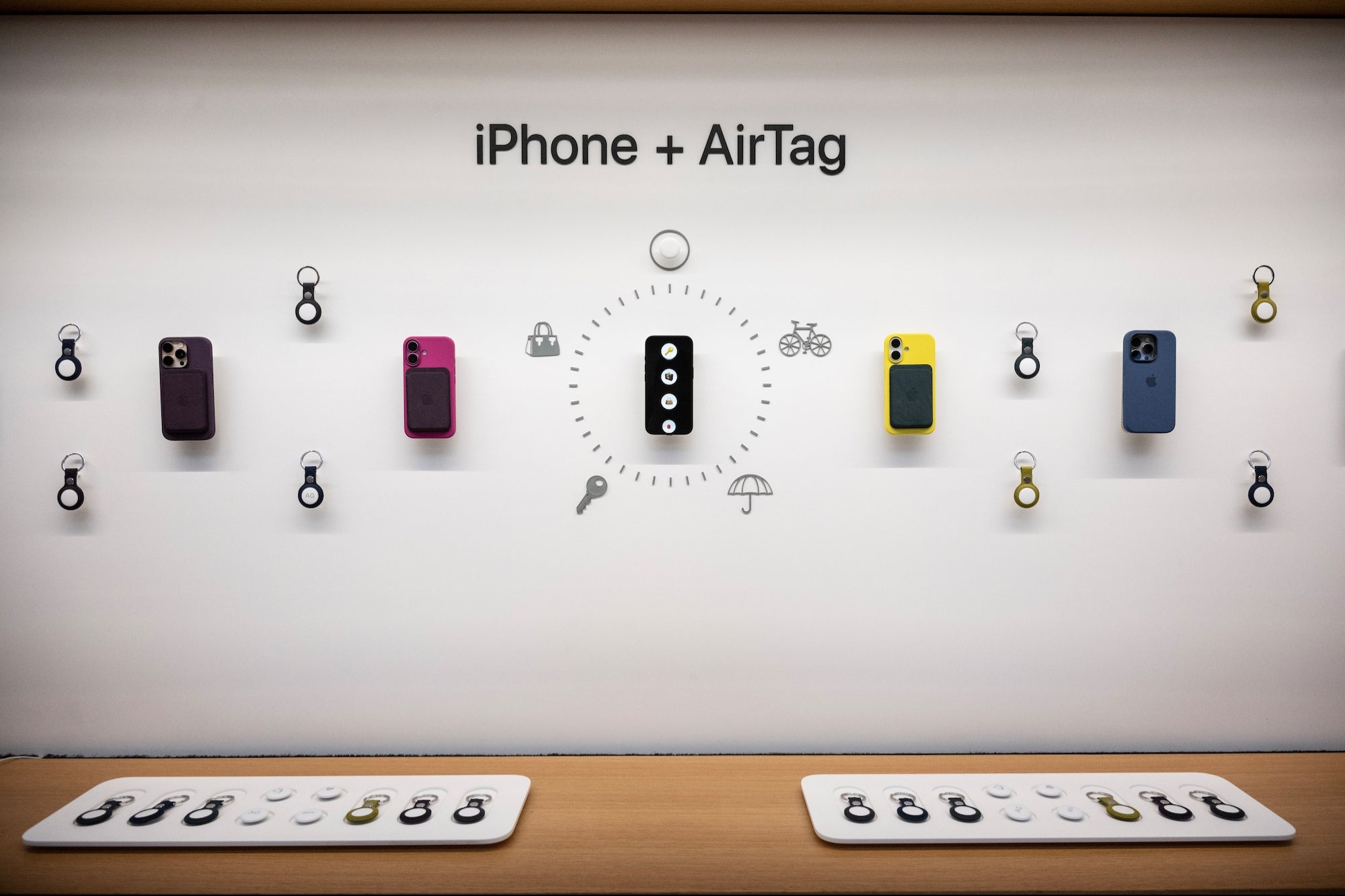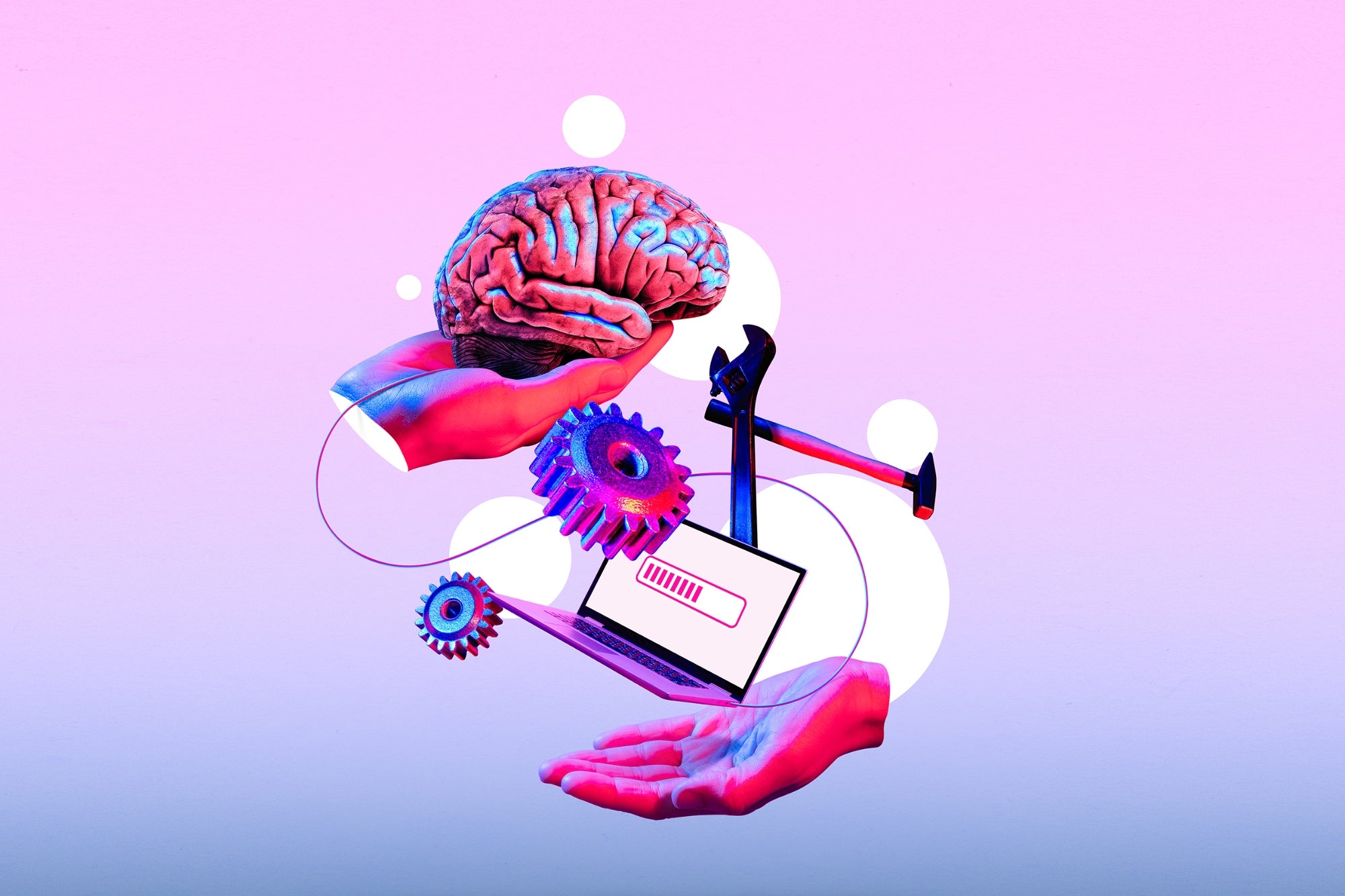Is This the Biggest Advancement in Diabetes Management Since the Insulin Pump? A well-designed printing process can help low-income diabetics get the care they need.
This story appears in the January 2016 issue of BIZ Experiences. Subscribe »

Diagnosed at age 2 with Type 1 diabetes, Kayla Wilson had to suffer through four shots per day of the insulin her pancreas was unable to produce. The insulin pump she got at age 7 was a godsend. The connection needed to be reinserted only every few days, and the pump helped keep her blood sugar steady by distributing insulin slowly.
"My first insulin pump changed my life," she says. "When I decided to do bioengineering, I figured I'd go design an insulin pump."
But during her studies at South Carolina's Clemson University, her advisor, associate professor Delphine Dean, guided her toward the problem of impoverished people who cannot afford basic diabetes care. Worldwide, 347 million people suffer from diabetes. Roughly 1.5 million die from the disease each year, 80 percent of them in low- or middle-income countries where patients cannot afford a daily supply of roughly five test strips, which retail for about $1 each.
These strips are chemically treated paper that, when inserted into an electronic glucose monitor, assess the amount of sugar in a pinprick of blood. So Wilson developed an ultra-low-cost test process called Glucosense, in which an inkjet printer dispenses enzymes onto inexpensive filter paper. Last year, with Dean onboard as technical adviser, she launched a company, Accessible Diagnostics, to market it. Wilson is the CTO, even as she works on her doctoral project: a low-cost form of the reliable diabetes A1C diagnostic test.
Wilson's inspiration came on research trips to clinics in rural Tanzania, where glucose monitors were a rarity. One doctor had paid for one himself, but was forced to make diagnoses based on a single blood-sugar reading -- which can be easily skewed by variables like temperature, humidity and diet.
Back in her lab in South Carolina, Wilson was able to bring her costs down to where she could offer test strips for about 5 cents apiece by printing enzymes onto absorbent paper like that used in coffee filters. When exposed to blood, Wilson's strip turns varied shades of blue corresponding to blood-sugar levels; this "visible strip" can be read with the naked eye rather than an electronic monitor.
At a networking event at Clemson, Wilson attracted the interest of John Warner, whose Greenville, S.C., firm Concepts to Companies, launched in 2014, aims to partner with academic researchers to launch startups. Warner and partner Brian McSharry would eventually commit $500,000 to Accessible Diagnostics and take key advisory roles.
Warner -- a serial BIZ Experiences who began launching and financing retail, restaurant and telecom companies in the '90s -- applied his expertise to overhaul the business model. The original plan was for clinics to print strips using an off-the-shelf inkjet printer, but there were concerns that the DIY strips would not be medically reliable. "[Wilson's] assignment was to solve a bioengineering problem, which is what she did," Warner says. "I looked at that and said we have to solve distribution -- can we get fresh strips sent there?"
So Warner hired a logistics consultant, who figured out how to ship pre-printed strips to clinics in India, Africa and Latin America.
Accessible Diagnostics is submitting its materials for FDA approval this month; the process is expected to take about 18 months. Meanwhile, the team is working on an app that would even more accurately interpret the shades of blue that appear on the strip.
In addition to helping diabetics in need, the company has solid financial goals. Warner aims to follow the example of the discount store Dollar General in targeting the low-income market. "Business models built around low-end markets can be very significant and profitable," he says. "It's not a problem Johnson & Johnson can't solve; it's one they choose not to solve, because it's not the most profitable part of the market."










